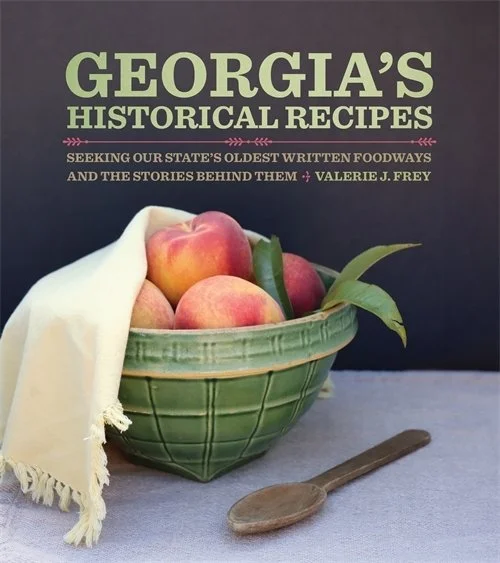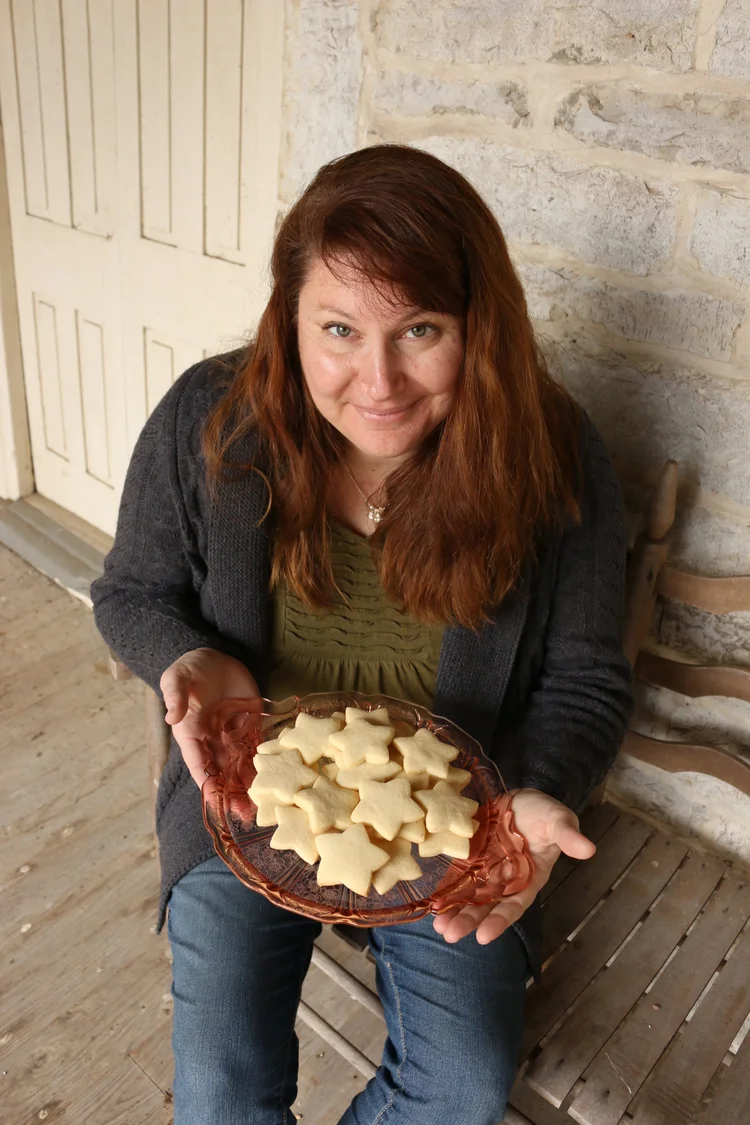Preserving Family History through Recipes
- Mandy Crow

- Aug 19
- 4 min read
Telling your family’s story through the food you make, eat and love

The beauty of a handwritten recipe isn’t always the dish—it’s the stories and memories tied to the recipe card.
“Proust was right when he wrote about his madeleine and said that it can take us back in time,” said Valerie J. Frey, a writer, archivist and cook. “In my family, that time machine was these little pecan pies.”
After her mother’s death, Frey spent years trying to recapture the magic of that mini pecan pie recipe, one of her mother’s favorites. And while other family members would eat and like her version, Frey and her brother knew they weren’t quite right.
“They tasted good, but they didn’t taste like Mom’s,” Frey recalled.
Finally, Frey realized that while she weighs her ingredients while baking (a common practice among professional bakers that allows for greater consistency), her mother hadn’t. So, one day, Frey plunged the measuring cup into the flour, just the way her mother had, and made the familiar recipe.
“I didn’t say anything and gave one to my brother,” Frey said. “My brother, a former Marine and career firefighter and EMT, stopped chewing and closed his eyes for a second and said, ‘Val, these are round little time machines.’”
Frey is the author of several books, including Preserving Family Recipes: How to Save and Celebrate Your Food Traditions and the just-released Georgia’s Historical Recipes: Seeking Our State’s Oldest Written Foodways and the Stories Behind Them. A trained archivist, she loves exploring the stories and history that are often hidden in the recipes we make. While family recipes can help tell the stories of our families, they also reveal a lot about the regions where our ancestors lived.
“I didn’t realize that history and recipes were all woven together until I started researching my own family’s recipes,” Frey said. “I learned that some of our recipes were really regional to Arkansas and began to realize that our family history was woven into the culinary history of our region.”
One of those recipes was Frey’s grandfather’s mulligan stew, the lead character in a family story Frey’s mother often told about a trip to Arkansas as a newly married bride—when she discovered one of the main ingredients was squirrel meat (and, apparently, the skull too). But after both of Frey’s parents passed away when she was in her early 20s, she inexplicably found herself longing for a sense of connection with her parents.
Frey found that connection through food and painstakingly worked with her grandfather to recreate the mulligan stew from the recipe that existed only in his head—with one adaptation. Frey’s version features chicken rather than squirrel!
In today’s world, regional differences and recipes blend and shift faster than they used to, but there’s still value in preserving family recipes—the historical ones as well as your own, Frey says.
“When you’re able to go back into your family’s recipe files or find that cookbook that your grandmother’s church did years ago, it can be like finding little treasures that make you feel rooted in a family history you didn’t even know existed,” Frey said.
If you’re looking to preserve your family history through recipes, Frey offered several pieces of advice.
If the recipe isn’t written down: “Go into the kitchen with someone in your family who makes the recipe and watch them work,” Frey said. She suggested videoing your family member making the recipe as well as using a kitchen scale to measure ingredients before and after the baking session so you can determine the exact amounts by subtraction.
After watching the video, Frey suggested going back to your loved one with questions without interrupting their cooking process. “You can ask things like, ‘Why did you go back and add water to the pot?’” Frey said. “It often takes more than one cooking session to get it right, but that’s also an opportunity to spend time with your older family members.”
If the recipe features unfamiliar ingredients: Some older recipes use terms or ingredients that might be unfamiliar in today’s world, such as “oleo” or “sweet milk.” If you’re confused, Frey suggested first checking the internet. “Twenty-five years ago, you’d have to go ask people, but these days it’s really rare that you can’t unlock the recipe by typing the ingredient or part of the recipe into the search bar,” she said.
If the recipe is handwritten: Preserve handwritten recipes by storing them in an acid-free folder that’s stored in a climate-controlled space outside of the kitchen. “Slide those handwritten recipes into your plastic sleeves or binders and never take them into the kitchen because one spill and they’re gone forever,” Frey said. You can use digital or printed versions of your favorite family recipes while cooking.
While you may be focused on your family history, Frey said it’s also important to realize that the recipes you make frequently now are the foods your children, grandchildren and family members will remember. She suggested creating your own digital file of favorite recipes that have made it into your cooking repertoire, even if they’re recipes you think you can find again on the web.
“We always assume the recipe will still be on the internet and that we’ll able to find it again, but sometimes we can’t,” she said.
If you like the recipe, record it—including where you originally found it—in your own document—and note any changes you make. If it’s a family member’s recipe, Frey encouraged writing down their life dates on the recipe as a way of sharing your family’s culinary history long after you’re gone.
“Scan in the handwritten recipe and put it into your notes,” she said. “My son has never met some of his relatives, but he knows them not by the pictures in my house but the recipes I make.”
Learn more about Valerie J. Frey at her website valerie-frey.squarespace.com/.
As an Amazon Associate, The Bookery earns from qualified purchases.










Comments